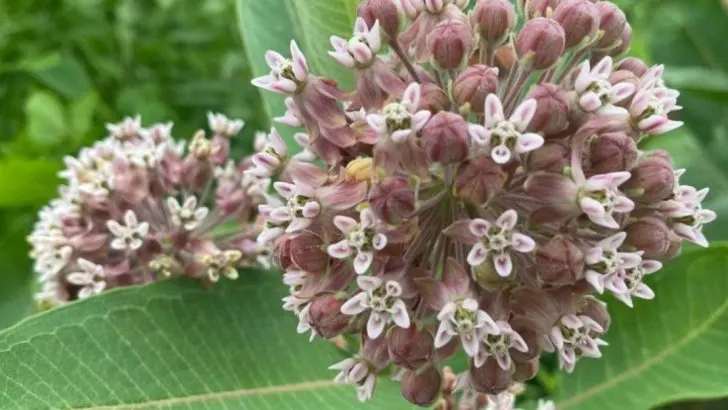They might look a little wild, overgrown, or unkempt—but these so-called “messy” plants are doing some of the most important work in your garden. Beneath their tangled stems and scattered petals, they’re quietly supporting bees, butterflies, and other vital pollinators.
While tidy landscapes may please the eye, it’s the untamed, nectar-rich blooms that truly bring a garden to life. These 14 underrated plants attract a wide variety of pollinators, offering shelter, food, and biodiversity all season long.
In this article, we celebrate the beauty of a slightly wilder garden—and reveal which plants you should keep (or even add) if you want a space that’s buzzing with life, resilient, and ecologically rich.
Joe-Pye Weed
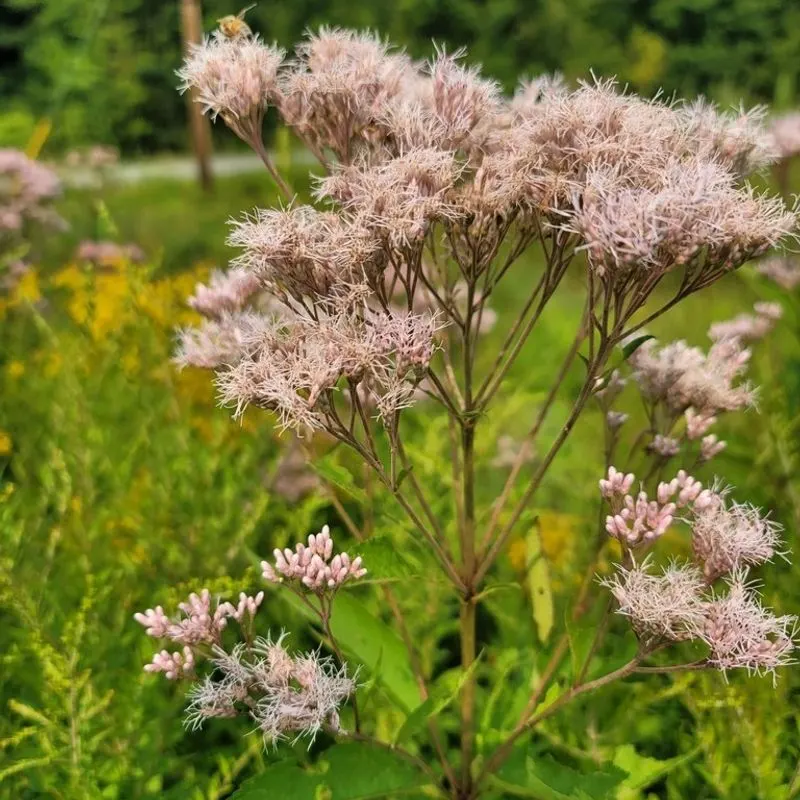
Often found in the corner of a garden, Joe-Pye Weed stands tall with its fluffy pink blooms. It’s a favorite among those seeking an effortless way to attract pollinators. Its towering presence is unmistakable, offering a banquet for bees and butterflies. Despite its unkempt look, it thrives in moist soils and can transform any landscape into a vibrant haven. Known for its adaptability, Joe-Pye Weed doesn’t demand much attention, making it a gardener’s ally in creating a lively ecosystem.
Milkweed
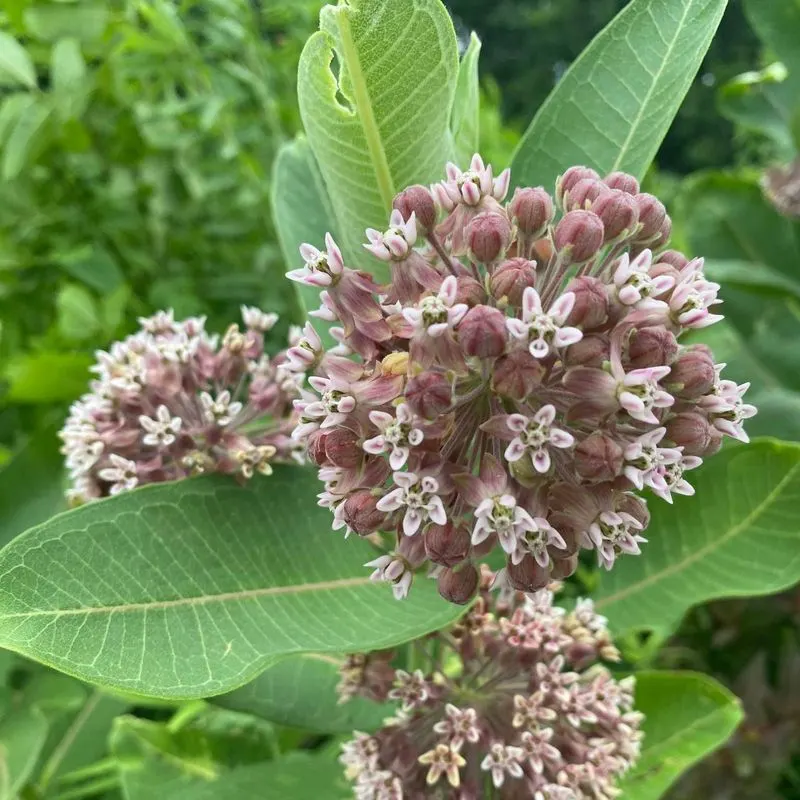
Milkweed is the unsung hero of the pollinator world, particularly for monarch butterflies. Its unique clusters of flowers provide essential nourishment. Monarchs rely on it exclusively for laying their eggs, making it indispensable. Although it may spread wildly, this plant’s untamed nature makes it a beautiful chaos. Easy to grow, Milkweed doesn’t shy away from poor soil conditions, thriving where many others would falter. For those who cherish butterflies, planting Milkweed is a rewarding endeavor.
Goldenrod
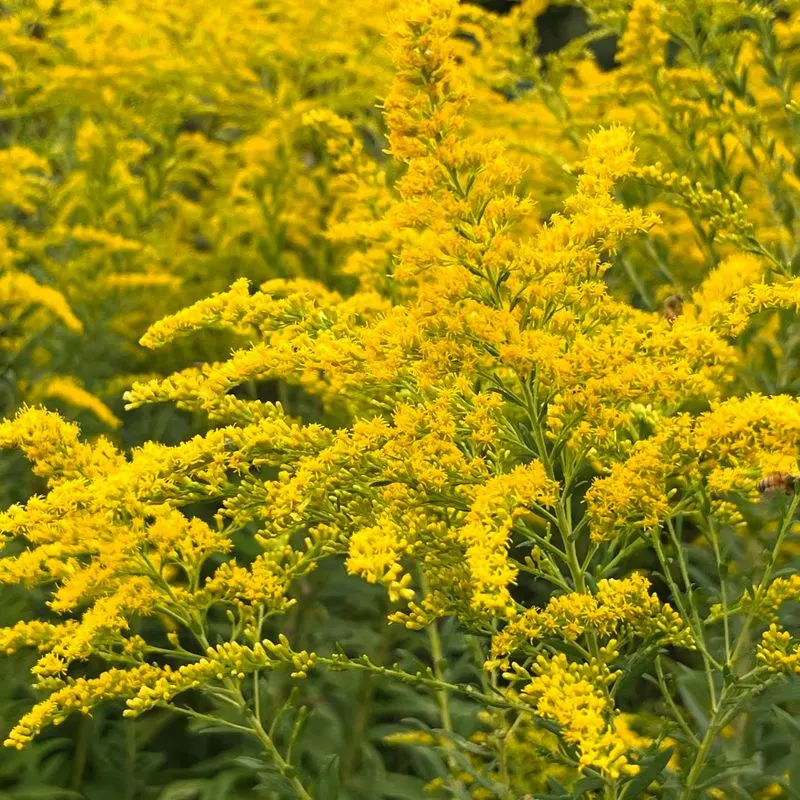
Goldenrod is often mistaken for a weed, yet its golden blossoms attract a multitude of pollinators. Bees, wasps, and butterflies flock to its vivid flowers, feasting on the nectar. Its hardy nature allows it to flourish in various environments. While some might view it as invasive, Goldenrod’s role in supporting pollinator populations is undeniable. Its resilient disposition means it requires minimal care, offering a splash of sunshine to any garden. A perfect choice for the wildlife-conscious gardener.
Aster
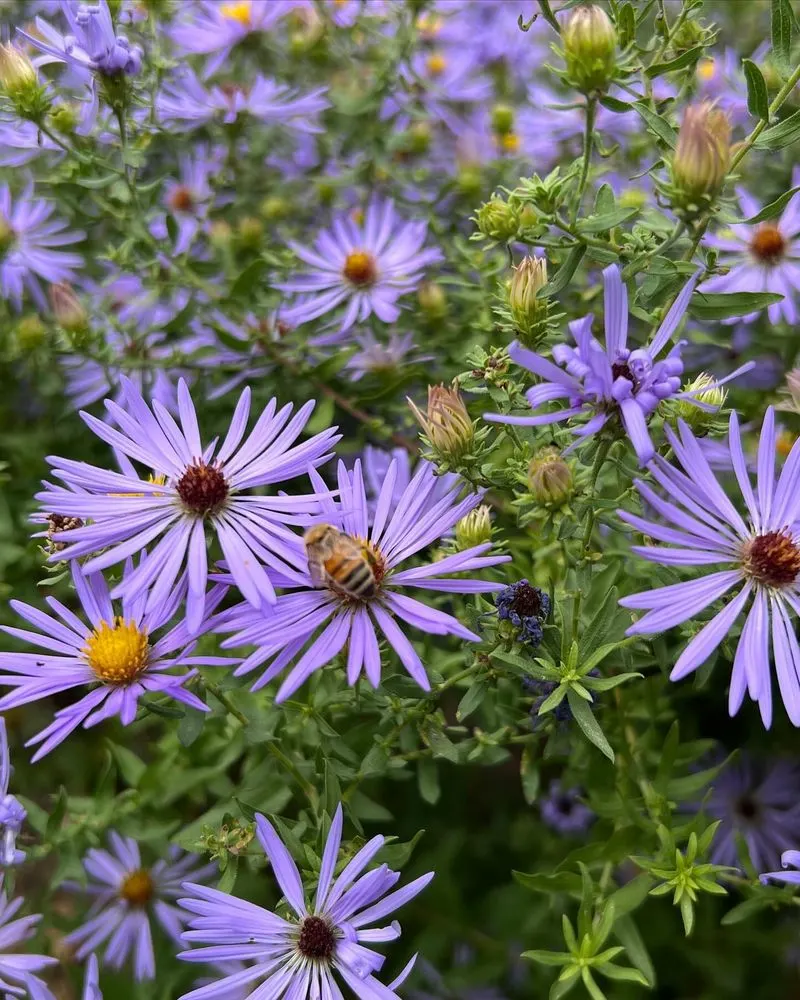
Aster, with its star-shaped blooms, is like a beacon for bees and butterflies. Its colorful display lasts well into fall, offering a late-season feast. The variety of hues, from purple to pink, ensures it stands out. Despite its delicate appearance, Aster is robust and easy to maintain. It can tolerate various conditions, making it a versatile choice for gardeners. By planting Asters, one can enjoy both aesthetic beauty and the satisfaction of supporting pollinator health.
Coneflower
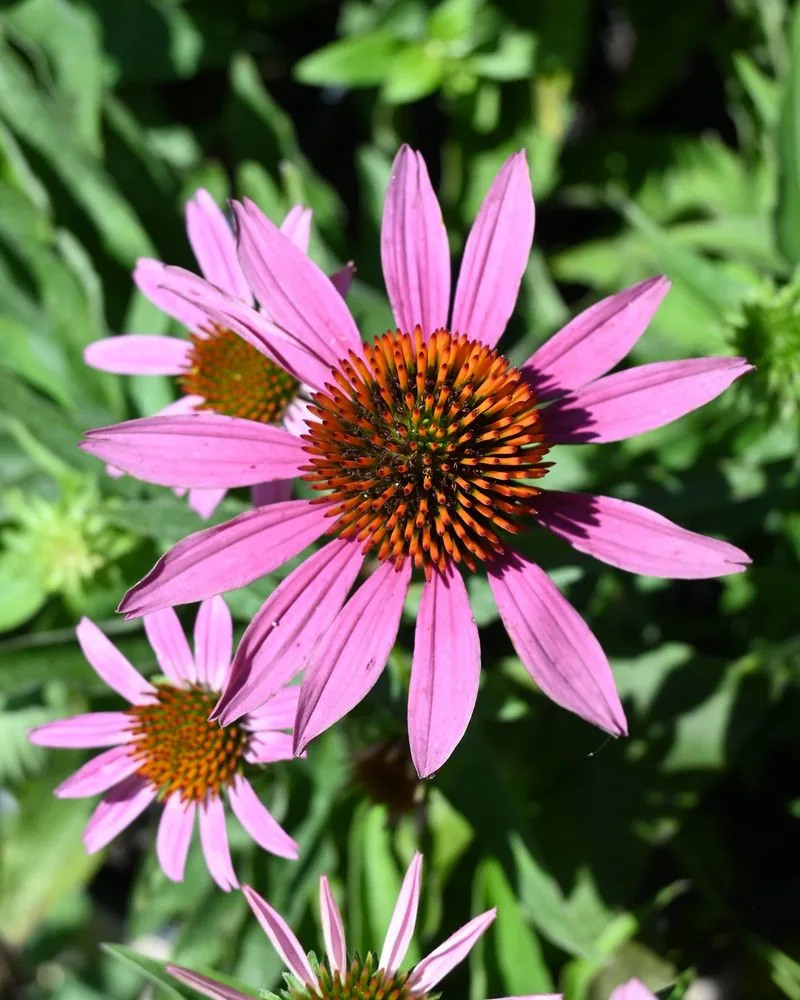
The Coneflower’s beauty goes beyond its striking petals. Its prominent center is a magnet for butterflies and bees. Known for its resilience, the Coneflower blooms throughout summer and into fall, providing consistent beauty. It adapts well to different environments, from drought-prone areas to regular garden beds. While its appearance may be wild, the Coneflower’s contribution to pollinator support is significant. For those looking to add vibrancy and life, this plant is a delightful addition.
Bee Balm
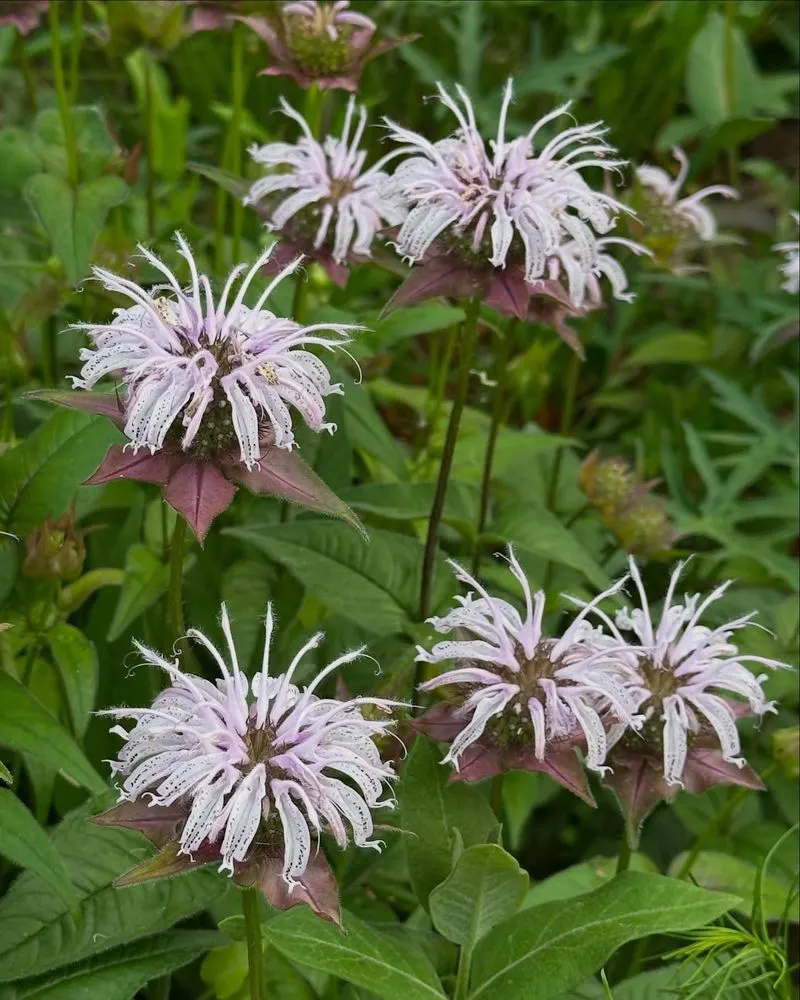
Bee Balm, with its fiery red blooms, serves as a hub for pollinators. Its spicy aroma and vibrant colors lure in hummingbirds, bees, and butterflies. Resistant to drought and pests, it thrives with minimal care. While it may seem unruly, its natural beauty and pollinator appeal are unmatched. Bee Balm’s tendency to spread can be managed, and it rewards gardeners with a lively, buzzing garden. For those in search of an eye-catching, wildlife-friendly plant, look no further.
Wild Bergamot
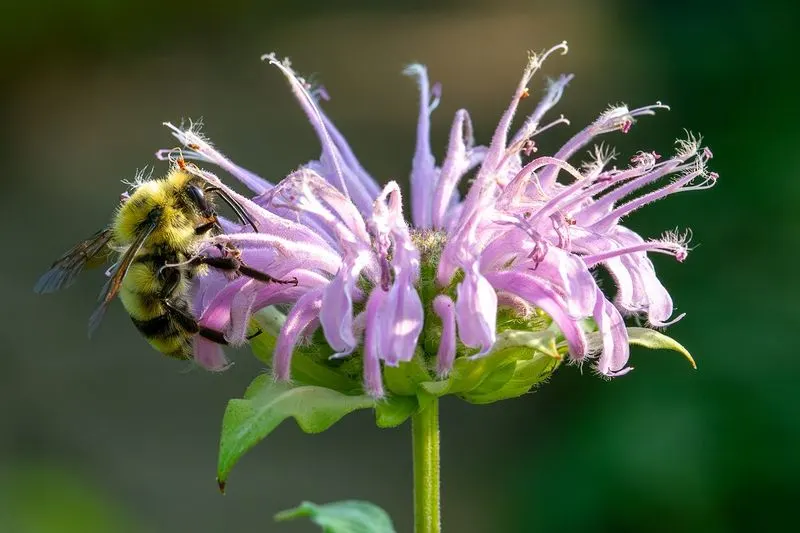
Wild Bergamot’s shaggy blooms are a whimsical sight, drawing in a host of pollinators. Their lavender hue and minty aroma create an enticing combination for bees and butterflies. This plant thrives in a variety of conditions, showcasing its tough spirit. Although it may appear disorderly, Wild Bergamot’s charm lies in its ability to adapt and flourish. Its historical use as a tea ingredient adds another layer to its appeal. A gardener’s delight, it enriches both landscape and biodiversity.
Borage

Borage’s star-shaped blue flowers add a touch of whimsy to any garden. Their allure extends beyond aesthetics, attracting bees in droves. Known for its ability to self-seed, Borage will return year after year. Its cucumber-flavored leaves are a bonus for culinary enthusiasts. While it may look disorderly to some, its ecological contribution is substantial. Easy to grow and maintain, Borage offers both visual delight and practical benefits. A wonderful addition for those seeking beauty and biodiversity.
Culver’s Root
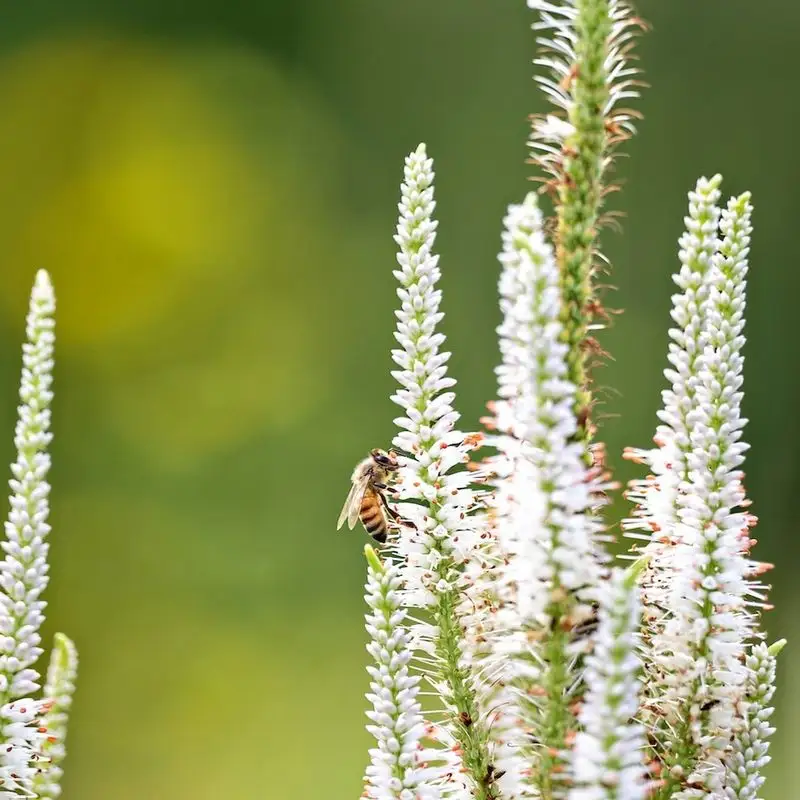
Culver’s Root may not be the most well-known plant, but its tall white spikes are a sight to behold. These stately flowers provide a feast for bees and butterflies. Its upright growth adds structure to any garden, contrasting its wild peers. This plant thrives in moist soils, making it a reliable choice for wetter areas. Despite its formal appearance, Culver’s Root embraces a carefree growth habit. Its historical use in herbal remedies adds an intriguing backstory to its modern appeal.
Ironweed
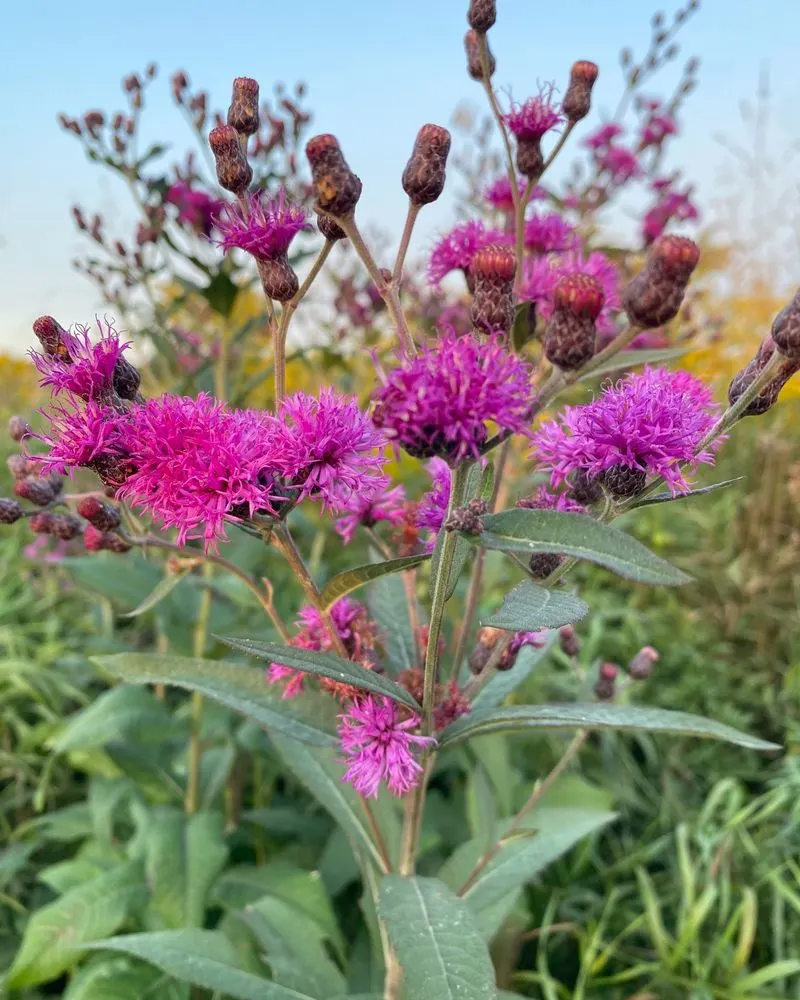
Ironweed’s rich purple flowers are a magnet for pollinators, standing tall amidst the garden’s chaos. Its name belies its elegant appearance, offering an unexpected softness. This perennial is a hardy addition, thriving in tough conditions. Ironweed’s height and vivid color make it a standout feature. Though it may seem unruly, its pollinator-friendly nature is a valuable asset. For gardeners seeking to add color and support wildlife, Ironweed is an excellent choice.
Liatris
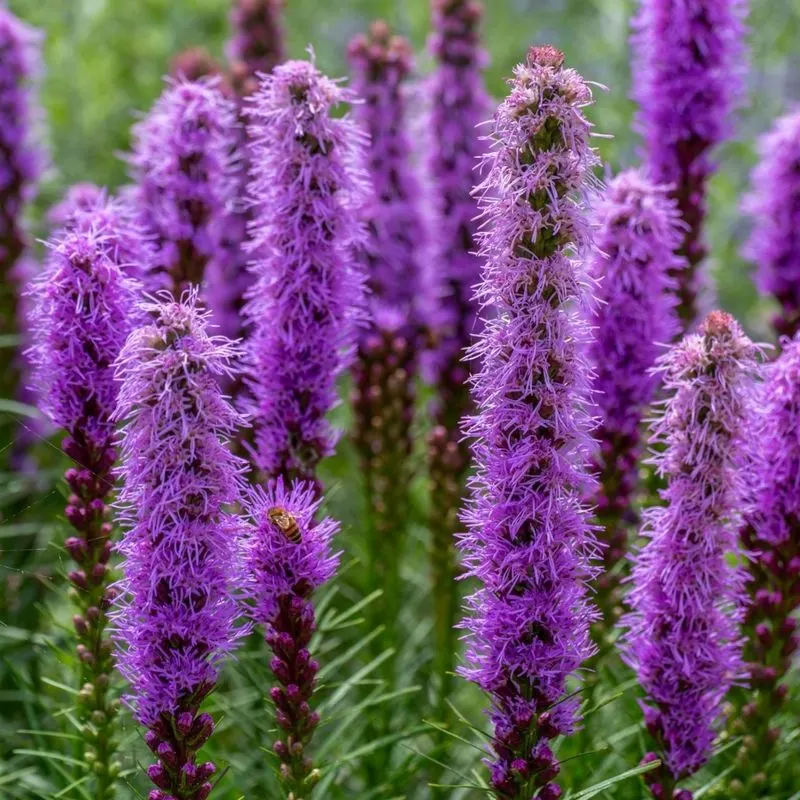
Liatris, with its tall, feather-like spikes, adds vertical interest to any garden. Pollinators are drawn to its vibrant purple blooms, which offer a rich nectar source. This plant is well-suited to sunny locations, adapting to a range of soil conditions. Despite its striking appearance, Liatris requires little maintenance, making it an effortless choice. Its tendency to attract a variety of insects enhances its ecological value. A must-have for those wanting to create a thriving pollinator habitat.
Agastache
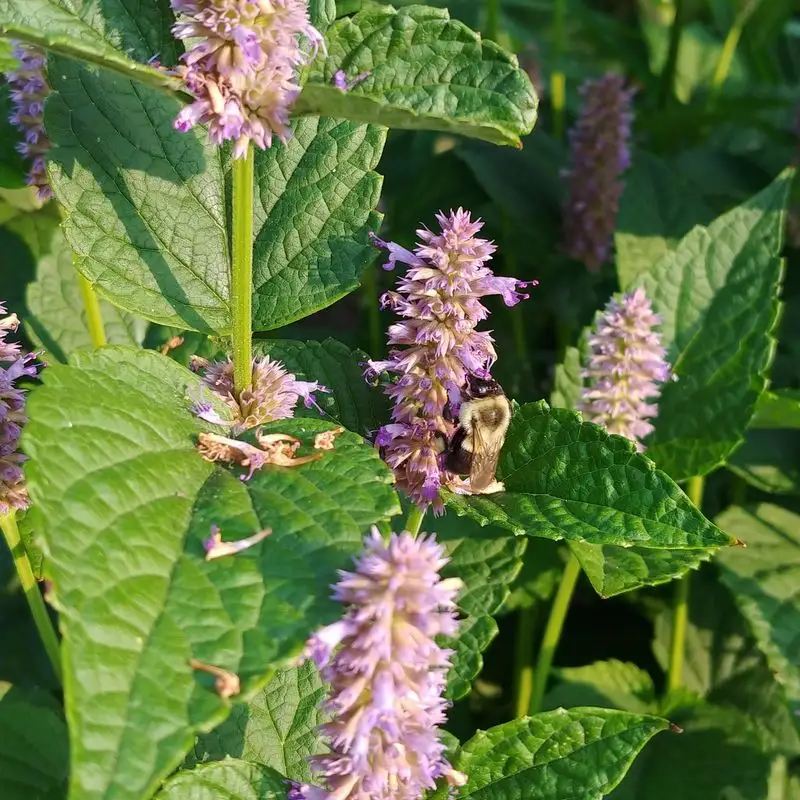
Agastache, also known as hyssop, captivates with its aromatic foliage and vibrant flowers. Hummingbirds and bees are particularly fond of this plant, drawn to its rich nectar reserves. Its tall spikes create a visual spectacle, adding height and color to the garden. Agastache is drought-tolerant and flourishes in sunny spots, proving its resilience. Though it may appear somewhat chaotic, its ecological benefits are profound. Ideal for those seeking an easy-care option with significant wildlife appeal.
Yarrow
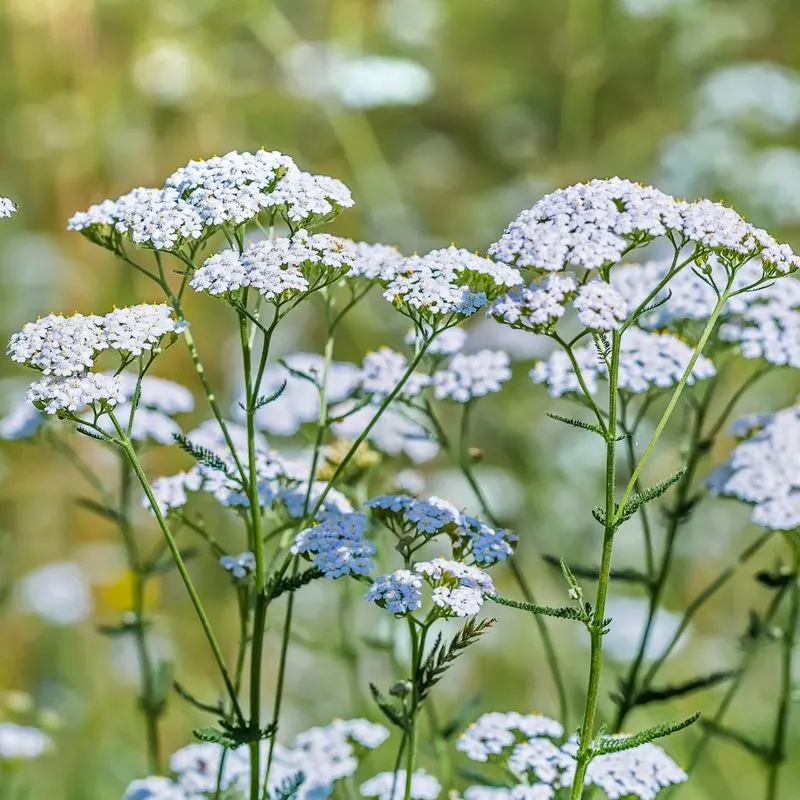
Yarrow’s feathery leaves and clustered flowers make it a unique garden addition. Its blooms provide nourishment for bees and butterflies, all while being drought and pest-resistant. Yarrow’s adaptability allows it to thrive in various environments, from garden beds to wild meadows. Though it has a somewhat untamed appearance, this plant is a powerhouse for supporting pollinators. The ease of care and ecological contributions make Yarrow a favorite for those looking to enrich their gardens.

